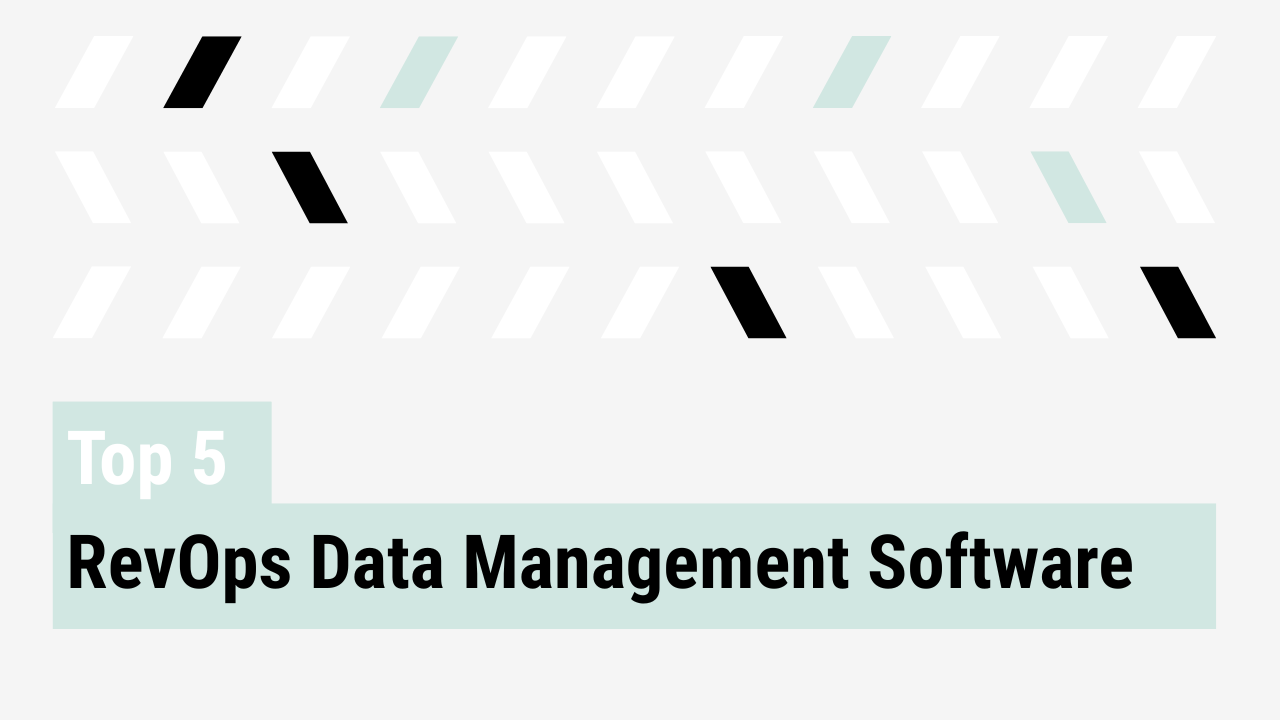Most RevOps teams spend their time optimizing dashboards, workflows, and processes. In the boardroom, those details are irrelevant. What matters are outcomes. Aligning RevOps to boardroom metrics means tying execution directly to CAC (customer acquisition cost), NRR (net revenue retention), and pipeline coverage. These three numbers define growth efficiency, predictability, and long-term enterprise value.
Why boardroom metrics matter more than dashboards
RevOps reporting often centers on activity data like MQL counts, campaign volume, or conversion percentages. These are useful for operators, but they do not speak to board members. The board tracks financial levers: how efficiently customers are acquired, how reliably revenue is retained and expanded, and whether pipeline coverage supports predictable growth.
RevOps leaders close this gap by owning the metrics that matter. That requires strong data governance, consistent definitions, and repeatable reporting. Automated board reporting and trustworthy forecasting have become essential.
CAC – driving efficiency in acquisition
Customer acquisition cost is a clear measure of go-to-market efficiency. Benchmarks vary: startups may spend a few hundred dollars per customer, growth-stage SaaS companies thousands, and enterprise providers tens of thousands. What investors watch is CAC payback (ideally 6–12 months) and a strong LTV:CAC ratio (3:1 or better).
RevOps influences CAC by:
- Streamlining lead routing and reducing time-to-contact
- Ensuring campaign attribution accuracy across channels
- Improving SDR and AE conversion processes
Improving CAC comes from designing systems that generate more revenue from each dollar spent, not from cutting investment in growth.
NRR – the true indicator of growth
Net revenue retention is the clearest measure of SaaS health. It reflects churn, renewals, and expansions together. A company with 120 percent NRR grows even without new sales. A company at 80 percent NRR is shrinking regardless of acquisition success.
The standard equation is:
NRR = (Starting MRR + Expansion MRR – Churned MRR) ÷ Starting MRR.
RevOps strengthens NRR by:
- Partnering with customer success to make churn risk measurable
- Building account health reporting that feeds renewal forecasts
- Aligning product, CS, and sales teams around expansion opportunities
When NRR enters board reporting, RevOps shifts from tactical support to strategic leadership.
Pipeline coverage – ensuring predictability
Pipeline coverage is the ratio of total pipeline value to sales quota, making it a leading indicator of sales performance. The target is typically 3x to 4x coverage against quota. Coverage numbers mean little if opportunities are unqualified or outdated.
RevOps improves predictability by:
- Defining clear pipeline stages and enforcing data quality
- Tracking pipeline coverage as a trend over time rather than a static number
- Driving alignment between marketing and sales on pipeline expectations
This makes pipeline coverage a forward-looking measure of revenue health rather than a backward-looking activity metric.
From back office to boardroom
RevOps creates impact when it connects daily execution to CAC, NRR, and pipeline coverage. Strategic RevOps leaders earn influence by owning the levers that shape growth.
Aligning RevOps to boardroom metrics moves the role from back-office reporting to the core of strategy. It positions RevOps as the nervous system of the go-to-market engine and secures its place in the boardroom.



